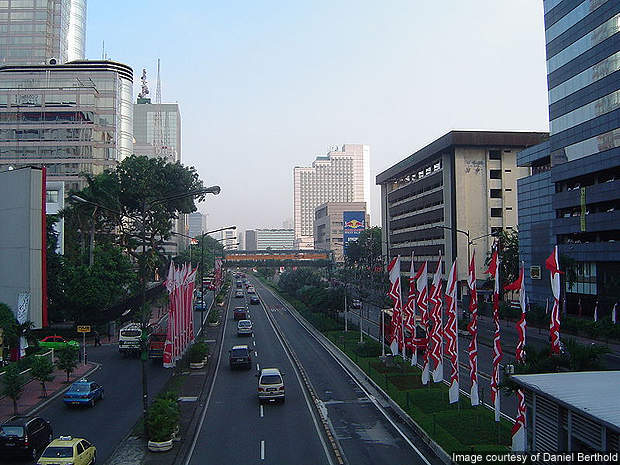The Sarulla Geothermal Power Project is in the Tapanuli Utara district of North Sumatra province, Indonesia. It is the world’s largest single-contract geothermal power project to date. It is owned and will be operated by Sarulla Operations (SOL), a consortium group.
The consortium includes PT Medco Energi International (27.5%), Japan-based Itochu (25%), Kyushu Electric (25%), and US-based Ormat Technologies (12.75%). It has a joint operating contract (JOC) with the concession holder Pertamina Geothermal Energy (PGE), a subsidiary of state-owned oil and gas company PT Pertamina.
The Sarulla Geothermal Power Plant will have an installed capacity of 330MW and is being constructed in three 110MW phases.
The construction of phase one started in 2014 and its commercial operation followed in March 2017. The other two phases are expected to be commissioned in the second half of 2017 and 2018.
The Sarulla plant is one of the private power plants under the second round of the 10,000MW programme announced in 2004 by state-owned PT PLN.
Indonesia is trying to reduce the consumption of crude oil and is looking for alternative sources of energy. It has the potential to produce 27,000MW of electricity from geothermal sources but has not been able to achieve this fully due to the current high cost of geothermal energy.
Financing
Financial closure of the $1.17bn project was announced in May 2014. The Japan Bank for International Cooperation (JBIC) signed a $492m loan agreement with SOL in March 2014.
The other banks involved in the financing include Asian Development Bank (ADB), Bank of Tokyo-Mitsubishi UFJ, ING Bank, Societe Generale, Sumitomo Mitsui Banking Corporation, Mizuho Bank and National Australia Bank.
Development
In April 2013, SOL signed a JOC with the project’s concession holder PT PGE, which grants it the rights to use the geothermal field.
In the same month, the company signed an energy sales contract (ESC) with the state electricity utility PT PLN. This will offtake the energy produced by the geothermal power plant for 30 years.
Sarulla plant make-up
The plant is fuelled by two steam production and injection reservoirs named Silangkitang and Namora-I. The first unit was constructed at Silangkitang and the other two units are being built at Namora-I.
The plant will use Toshiba’s geothermal steam turbines and generators, as well as Ormat’s geothermal combined-cycle units (GCCUs), which are more efficient than conventional steam power plants.
The GCCU captures the steam from the wells and produces energy throughout the day without any interruptions. The geothermal fluid will be re-injected into the underground wells to avoid the depletion of gases.
The steam from the plant will not be released into the atmosphere but will be released back into the ground to ensure the sustainability of the well.
Grid network
The power from Silangkitang is transmitted to a substation at Namora-I through a 20km-long, 150kV transmission line. This serves as the interface point where PLN constructs a new transmission line to transmit power to the national grid.
Indonesian power market
Indonesia depends largely on oil to produce electricity. Efforts to reduce dependence on oil are underway. Since 2003, the government has negotiated with 26 independent power projects.
The country is already facing an electricity crisis, including blackouts in regions such as Java.
By 2025, the nation intends to achieve the target of producing 5GW of electricity from geothermal sources.
To allow private companies to sell the power directly to consumers plans to end PLN’s monopoly are underway, however they will have to continue to use PLN’s transmission network.






